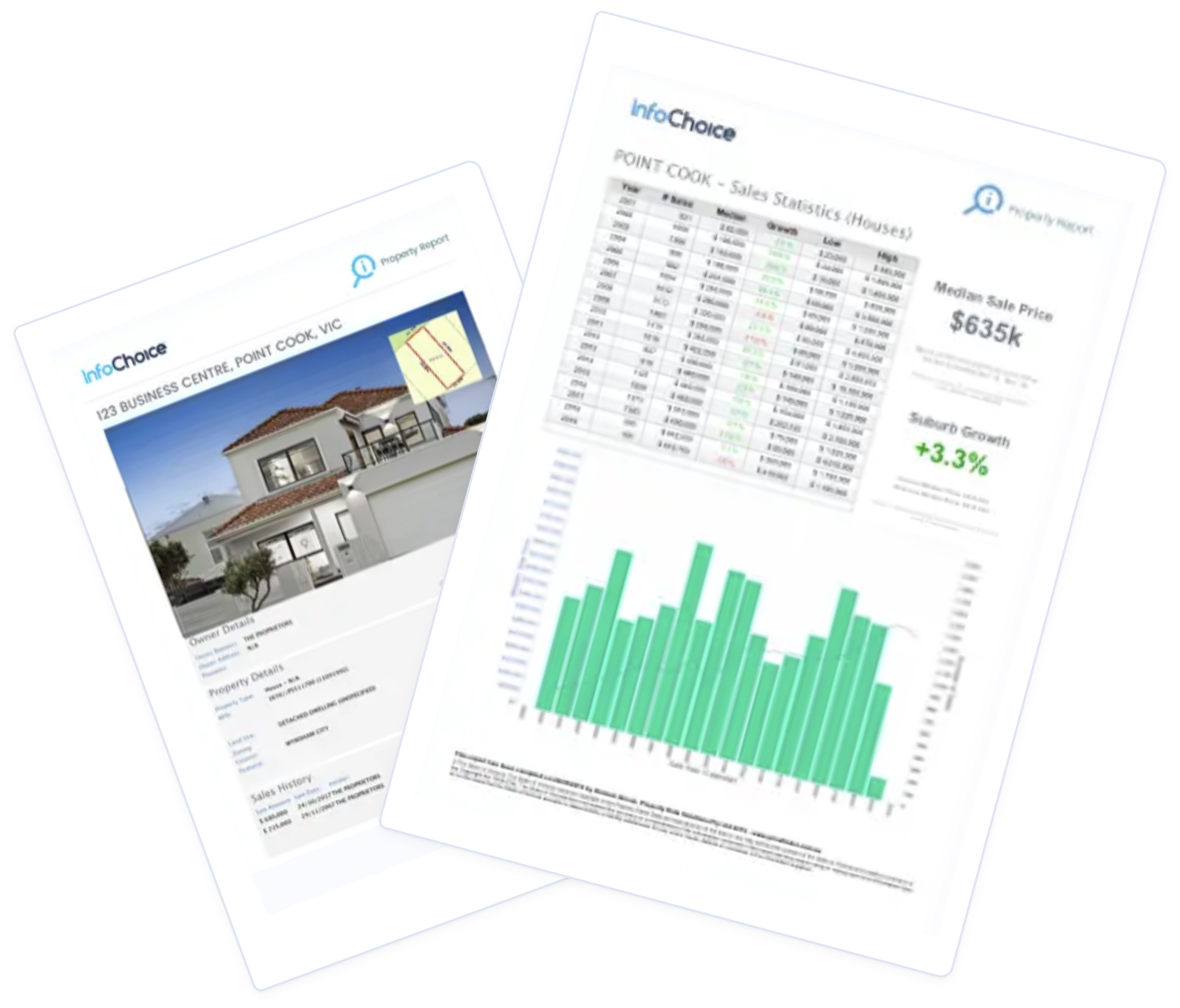
- Brisbane and Adelaide's median house prices are expected to get close to $1 million.
- Population growth, reduced household size, low listings, and construction challenges are identified as key drivers of housing demand, exacerbating the supply-demand imbalance and contributing to rising house prices.
- The Reserve Bank of Australia (RBA) left the cash rate unchanged at 4.35%, which theoretically reduces demand, but does not help the construction supply and labour side of the equation.
- Upcoming Stage 3 tax cuts are expected to increase borrowing capacity and buying power, potentially driving house prices higher.
Brisbane's median house price is expected to reach a record-high $999,000 over the next 12 months, while Adelaide will climb to as much as $984,000.
This will put the two capitals in the same league as Sydney, Canberra, and Melbourne, where median house prices have surpassed the million-dollar threshold.
For quite some time, the housing markets in Brisbane and Adelaide, as well as in Perth, have been outperforming other capitals in price gains.
In May, the Queensland capital surged ahead of Canberra to become the second most expensive capital city in terms of overall dwellings.
That feat was achieved four months after the Sunshine State took the third spot from Melbourne, where property prices have all but stalled largely due to oversupply and negative investor sentiment weighing on demand.
That's according to CoreLogic figures. The major property analytics firms all rank and measure the value of housing stock slightly differently.
Domain forecasts that by end-June 2025, Perth is expected to lead price gains and rise to a median price more than $800,000.
Sydney is forecast to track towards the $2m mark, ending the 2025 fiscal year with a median dwelling value of more than $1.7 million.
Median house prices in the combined capital cities are also seen to reach new record highs of between $1.16 million and $1.19 million.
If you doubt whether those estimates hold water, CoreLogic's home value index released last month revealed house prices across the country had increased unabated for 16 months in a row.
The research team at ANZ, meanwhile, expects house prices to accelerate by 6-7% this year, with Brisbane, Perth, and Adelaide likely to continue to reach new peaks as demand outstrips supply.
Population growth, construction headwinds drive prices upwards
Per usual, sustained demand amid undersupply continues to put upward pressures on housing prices.
Domain has identified population growth and construction challenges as key drivers behind this supply-demand imbalance.
"We have seen an increase in single-person households and a decrease in household size in general (fewer people, on average, living in each household), both amplifying housing demand, further compounded by migration," Domain's research chief Dr Nicola Powell said.
This is also corroborated by RBA research indicating the average household size shrunk by 1% from early 2020 to September 2022, requiring 120,000 extra dwellings to keep up with demand, immigration notwithstanding.
If the trend persists, Domain foresees a housing shortage unlikely to dissipate in the short term.
"The FY25 migration program is limited to 185,000 applicants, with discussions for further reduction. However, drastic cuts to migration levels are improbable due to concerns about reignited skill shortages and higher cost of living," Dr Powell said.
Speaking of skill shortages, construction work done continues to spiral amid a lack of tradies on the ground to do the job, with hours worked in the sector sharply falling 2.5% in March.
On top of headwinds on the labour side, Domain said home building also struggled to keep up with population growth due to scarcity of land, weak building approvals, and high construction costs.
The RBA is likewise keeping an eye out for a possible catch-22, wherein the shortage in the construction pipeline could put pressure on employment.
"It's quite possible that the private sector will turn out to be not driving demand in the following years, so there is a risk that has an impact on employment," RBA Gov Michele Bullock said at the post-RBA meeting press conference on Tuesday.
"And if that happens more quickly than we expected, then rate cuts will be on the agenda."
The RBA Board on 18 June decided to once again leave the cash rate unchanged at its current 12-year peak of 4.35%.
The case for cash rate cuts was not discussed, according to Gov Bullock.
Greater borrowing power will also fuel price growth
Much has been said about the possible effects of the Stage 3 tax cuts, but for Dr Powell, the upcoming tax relief will further drive house prices up.
"Stage 3 tax cuts will mean more money hits Australian households, lifting borrowing capacity and, therefore, buying power across the country," she said.
It's thought that the Stage 3 tax cuts are akin to giving the average homebuyer an average of two, 25 basis point rate cuts, thereby boosting borrowing power.
"In essence, some may opt to upscale their budgets, potentially making extra auction bids. For others, it could provide that extra borrowing capacity to bring more buyers to the market, speeding up their homeownership journey," Dr Powell said.
And while rising house prices are good news for homeowners, they pose a significant challenge for many Australians trying to get their foot onto the property ladder.
"The government has made it clear that housing is a priority focus, but now we need to start seeing all levels of government and industry working together towards a solution," Dr Powell noted.
"In the year ahead it would be good to see an acceleration in development approvals and initiatives such as incentives for construction.
"We should also be looking for better ways to utilise existing housing stock and ensure greater housing density in the right locations."
Image generated via Chat GPT 4
